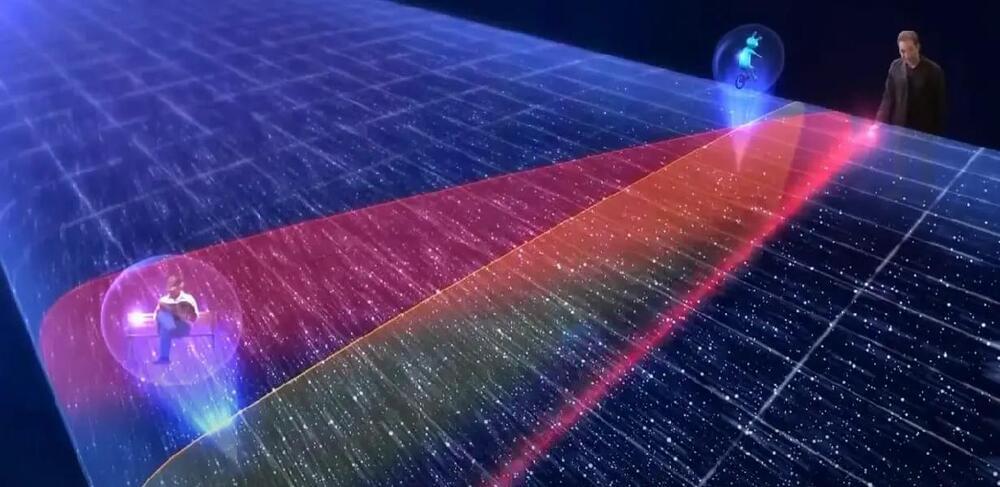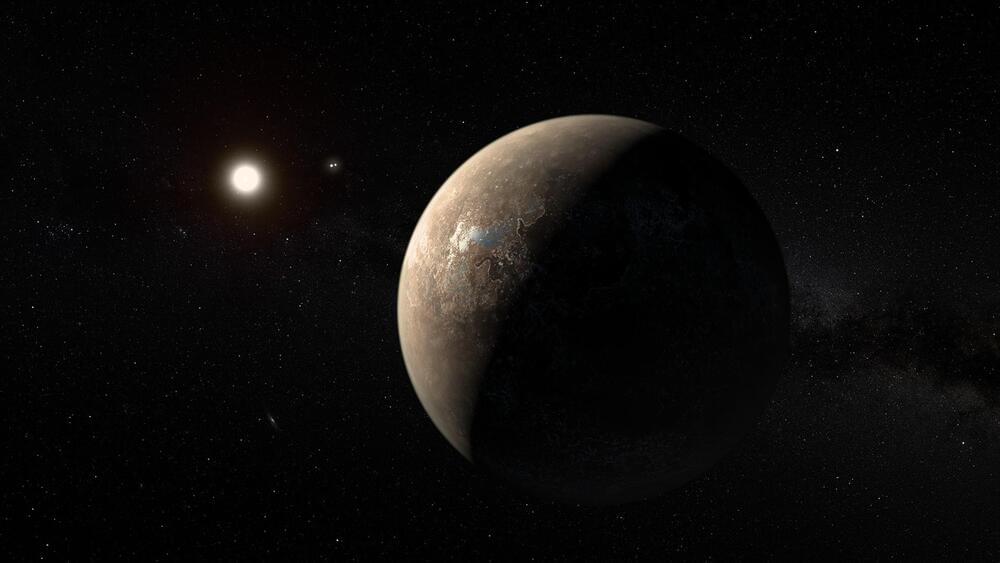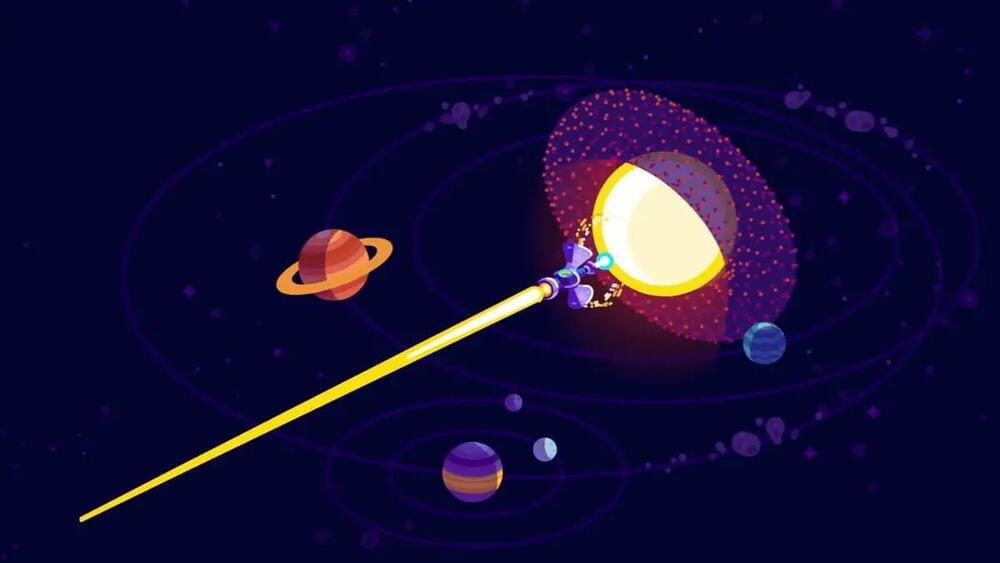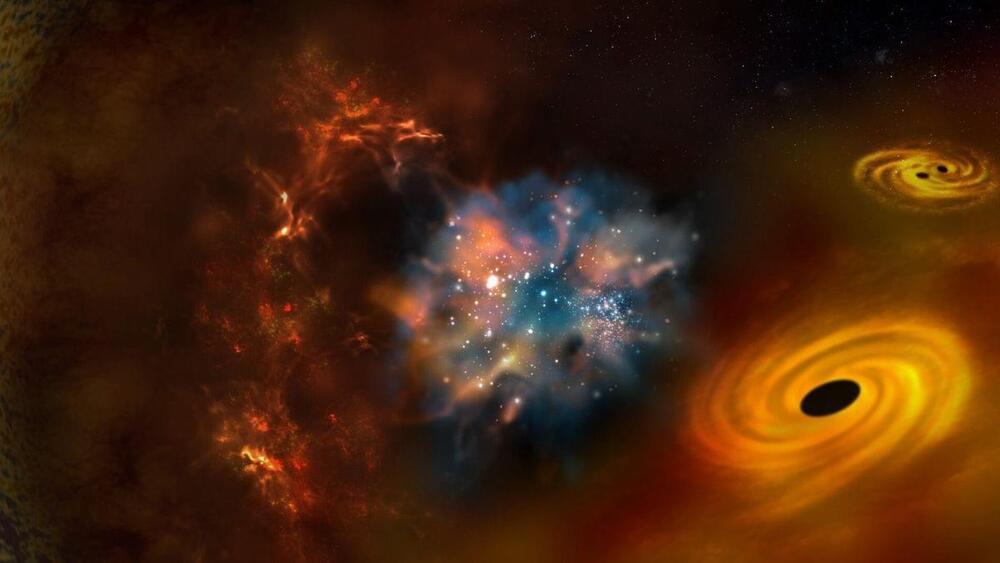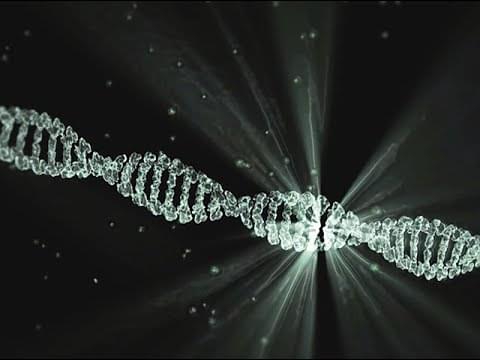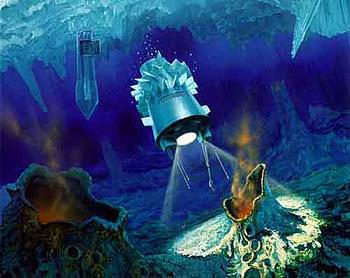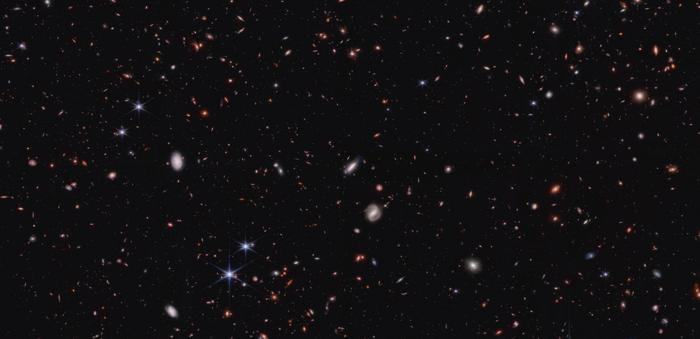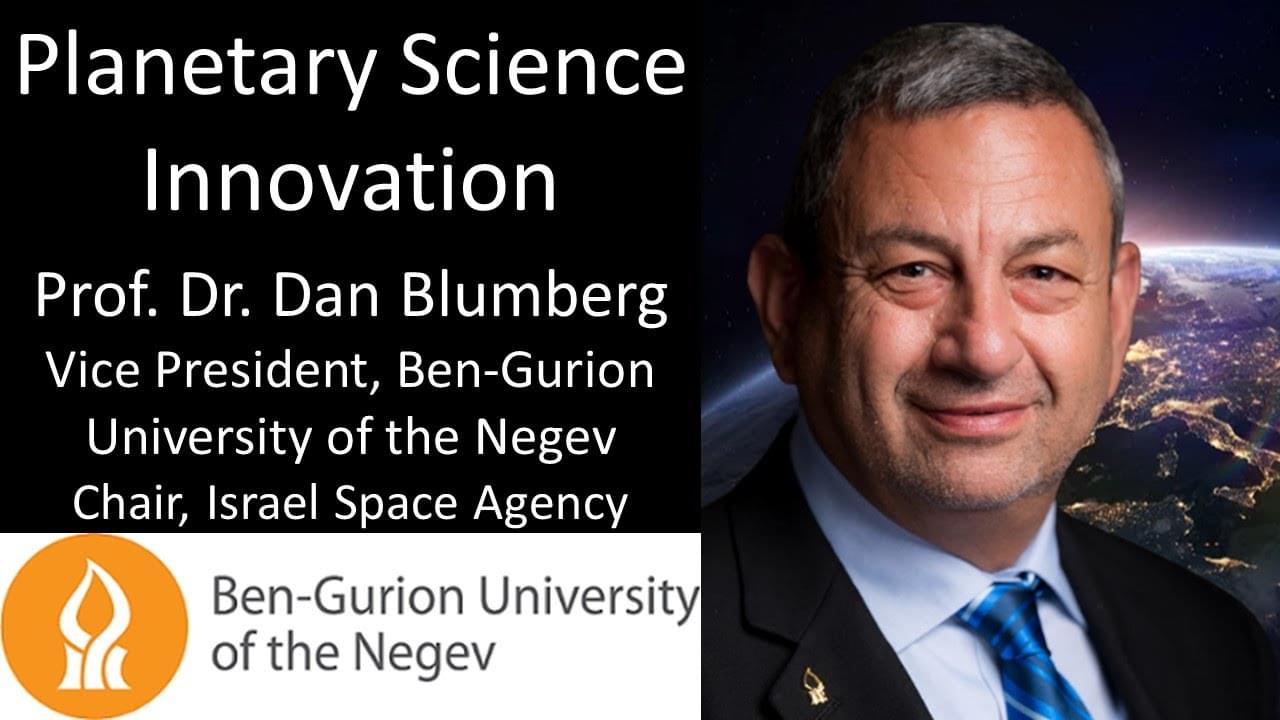Sep 11, 2024
A theory suggests that the past, present, and future exist all at once
Posted by Shubham Ghosh Roy in categories: alien life, futurism
Surprisingly, your past, present, and future could be happening right now, all at the same time.
The block universe theory suggests that time doesn’t flow and all moments—past, present, and future—exist simultaneously in a four-dimensional space. This challenges our conventional experience of time as a linear progression. According to Dr. Kristie Miller, traveling to the past or future might be possible, but changing events isn’t; you’d only fulfill what’s already set. Critics argue that the future can’t be predetermined, with models like the evolving block universe proposing a growing spacetime block. While the debate continues, this theory reshapes our understanding of time and existence. Don’t forget to share your thoughts and join the discussion below!
We seem to experience time as moving in a single direction. After all, we can’t just leap forward to the future or revisit our past whenever we wish. Every minute of every day seems to push us forward, dragging us through life towards an inevitable end. At least, that’s the traditional perception of time. But what if your present, past, and future all exist simultaneously? From this perspective, time wouldn’t flow at all.
